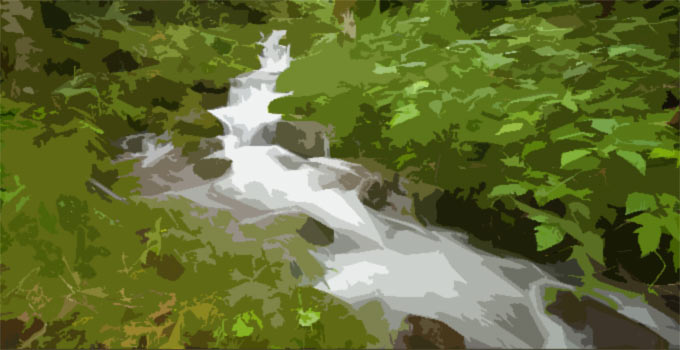Which Water Filter Do You Have?

The results are in! Based on our preparedness demographic, scroll down for the list of most popular water filter brands that people have:
A drinking water filter is a highly recommended preparedness item for anyone and everyone!
Clean, pure drinking water is essential for healthy living. Even an ordinary ‘Brita’ style water filter in your fridge is a water commodity asset!
As most of you know, there’s quite a variety of water filters out there. Lots of factors that you might consider when choosing a water filter.
Some factors may include:
– Filter media type
– Effective minimum porosity
– Tabletop vs. Portable
– Overall size, weight
– Form factor (functional design)
– Gravity fed vs. Pump pressure or suction
– Direct drinking vs. reservoir or hose to external
– Daily use vs. emergency or occasional use
– Ease of use (if it matters)
– Filter maintenance & Replacement
– Cost
So here’s the question that I asked our readers:
Which water filter (or filters) do you have?
and / or
Which water filter (filters) would you like to have?
UPDATE
I have tabulated the results below.
Here is the list of most popular water filters based on input from comments:
1. Lifestraw (portable straw)
2. Berkey (Travel Berkey)
3. Sawyer (mini)
4. Katadyn (Hiker Pro)
5. Brita (Brita Best Seller)
6. PUR (PUR attach to faucet)
7. Seychelle (pitcher)
8. Alexapure
9. AquaRain
10. Doulton
11. Platypus

